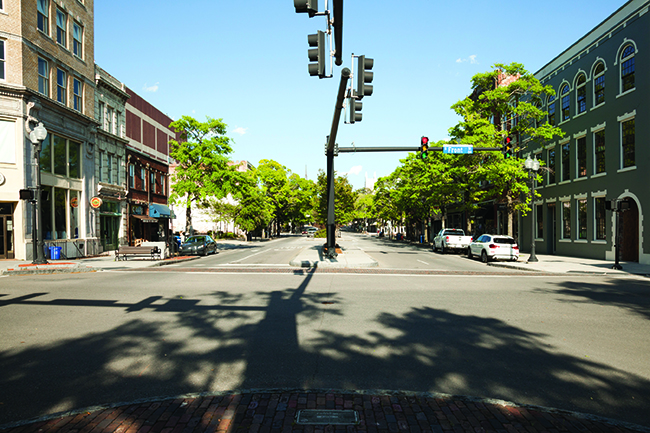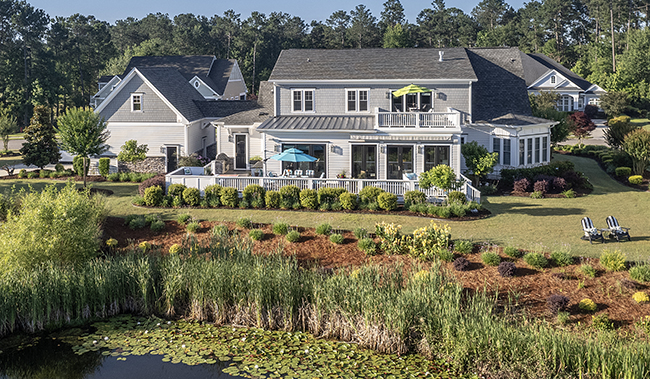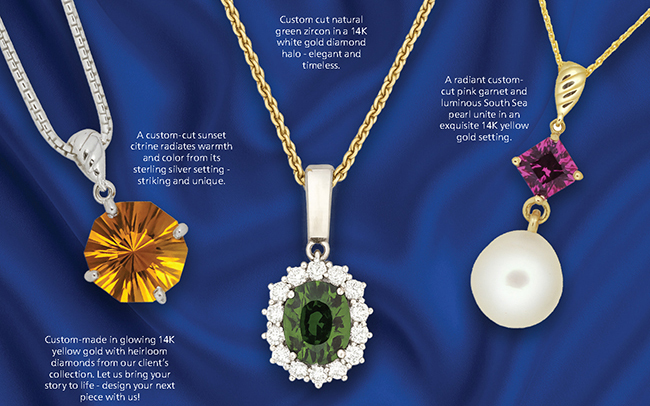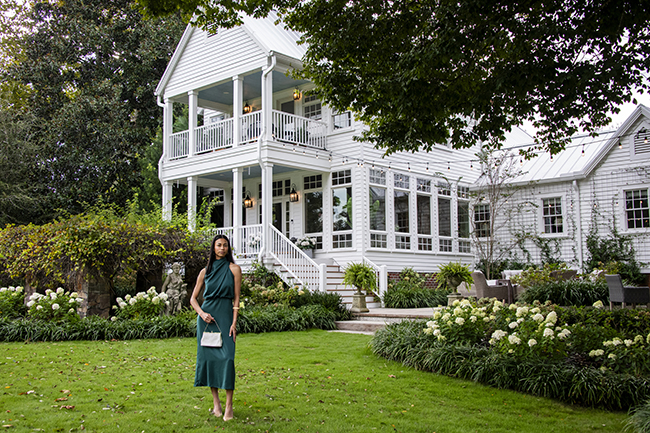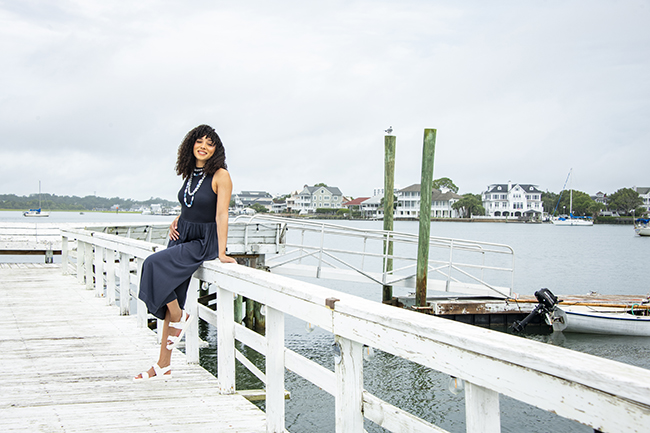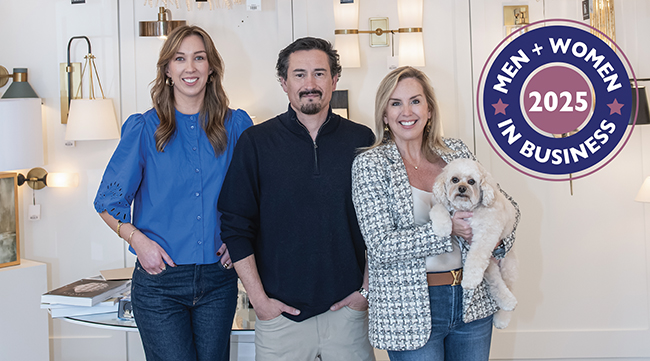Maker's Markets Thrive in a Place Like This
03 Jul 2024
Conversations with creatives in our community, utilizing craft as a means of expression, connection, and growth
By Katie Schmidt
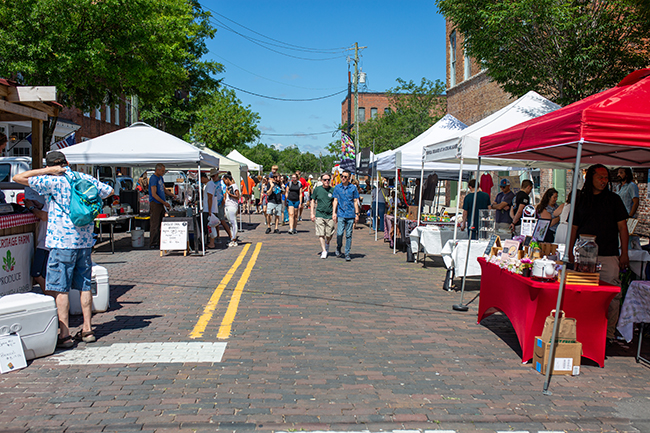
It's a Saturday or Sunday in Wilmington, NC and there's a maker's market happening today. No matter the day, no matter the season, and no matter which neighborhood you're in, there are sure to be artisans nearby under their tents ready to serve the community with their skilled craft and unique gifts.
For the uninitiated, a maker's market is a cross between a farmer's market and a popular website like Etsy, where artists gather to sell their creations. And in a town like Wilmington, they are thriving.
Pearl Choi (@arewegonnakisskimchi) is one of the makers frequenting these local markets, selling Korean-flavored snacks and branded apparel. She explains one factor in their popularity: “People are tired of just drinking,” she says. “This is something that you can do outside and yes there are things to spend money on, but you don't have to commit to spending money. You can just walk around and not be completely alcohol dependent, which I think is a huge thing right now.”
Molly Prosser (@halcyonafternoon), a ceramic artist, adds that some of the influx in maker's markets in recent years can be attributed to the shift toward an attempt at a more ethical mindset in consumerism. “Money has a lot of power and the way we choose to spend our money is very important,” she says. “I personally appreciate being able to buy gifts from a local maker and know where my money is going and that it's helping my local economy.”
Creator Jaya Kandasmy (@mahavintage) chimes in, “I agree 100%. During the pandemic, we all had to slow down and be like, ‘What do I actually care about?” It's been amazing to have an outlet to express that care in and for your community.” As sustainability continues its upward trajectory in trendiness, maker's markets have also followed suit, something Kandasamy has seen firsthand as her niche is heritage-inspired jewelry and apparel out of upcycled materials. Kandasamy, a first-generation Indian American, started out focusing on jewelry but eventually transitioned to also working with the same loom that has been in her family for four generations, taking saris and transforming them into button-ups and women's wear. “I like the idea of keeping that generational knowledge alive by using these craft skills and trying to curate the best of that artisanship here in Wilmington,” she says.
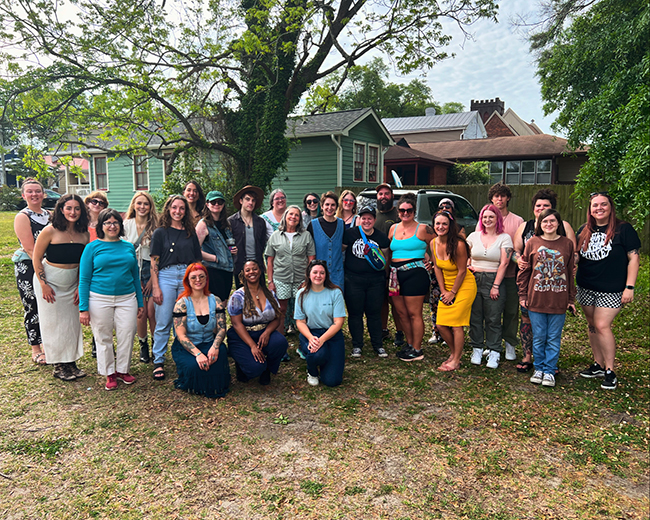
Choi, Prosser, and Kandasmy started focusing more on their craft during the pandemic, a reality shared with other local creatives like Amber Hugee (@ambersattick), who curates and sells second-hand clothing, jewelry, and accessories, and Jamie Aucoin (@broadlywovenstudio), whose focus is bookbinding and collage art.
“The pandemic put everyone in a position to have to think about their lives in a different way,” Aucoin says. “A lot of us realized that you cannot wait for someday to start doing something you want to be doing.”
“I started making kimchi during the first summer of the pandemic,” Choi adds. “It's always been on a list of things that I would joke that I needed to learn to be a real Korean adult. I'm a first-generation American, so there are things I'm always trying to do to connect back to my roots.”
Hugee was working as a circus dinner-theater server — which entailed singing and dancing while serving food — when the pandemic started. The year 2020 wasn't exactly lucrative for the circus dinner-theater scene, so she quickly transitioned to selling handmade items (primarily scarves and hats made from secondhand vintage yarn) before taking on her grandmother's secondhand shop in Chicago. She eventually moved to Wilmington in August of 2023 and quickly got in on local markets. “I was in Chicago for eight-and-a-half years and the last two I would say I was doing markets part-time,” she says. “I could not find as many options there as I can here, and I think a huge reason why is because there was nowhere to do it regularly. I think outdoor space has a lot more to do with the success of markets than people who are used to a lot of outdoor space would realize.”
The group adds that the folks hosting these maker's markets in Wilmington are often creating a space with little barriers to entry, such as expensive fees for participating. There are exceptions, of course, as certain local festivals in town are known to price out local creators in favor of out-of-town artists and funnel cake peddlers. “There are some events in town — and there have been more in previous years that are gone now — that feel more like an opportunity for someone to make money off of artists rather than hosting artists from the community and creating a space for us to come together with consumers,” Prosser says.
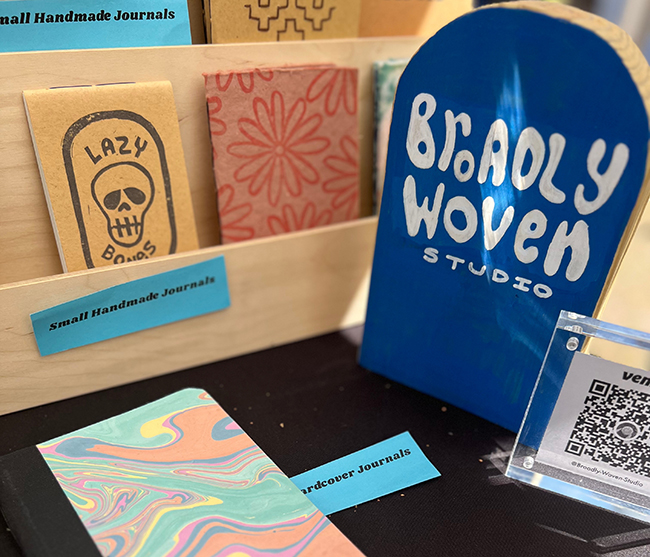
Those consumers — i.e., the population of Wilmington — are providing the support the artists that frequent the markets rely on. Choi mentions that overall, the community has a track record of “supporting whatever pops up” and rooting for local businesses to survive. “I feel like the market space is a result of entrepreneur normalcy in town,” she says. “I always say that Are We Gonna Kiss? Kimchi! is a joke gone too far, but for me, it felt normal to start it because I was like — everyone has their own thing, so what is mine?”
Kandasamy adds that “With the history of Wilmington, there's definitely an appreciation here for master craft and really being able to create something expertly. Especially in the market scene with all of us knowing each other — it's so inspiring the way we all kind of come together and make the community stronger.”
The newest to the Wilmington market scene, Hugee mentions that since starting she has received a lot of love from the local community that she didn't necessarily expect. “I'm usually one of very few Black people — if not the only Black person — at a lot of markets that I vend,” she says. “I don't think this is necessarily a reflection on applicants or the community, sometimes it just happens that way. But I will say one of the main comments that I get from other Black people who've shopped with me is just ‘I'm so happy to see somebody like you in this community.’ And I'm happy that I can be a face of a Black person who is working for herself.”
While Wilmington has certainly consistently housed plenty of creatives from all areas of expertise, one thing these maker's markets are offering to the makers themselves is a focal gathering point. “Wilmington has always been a town full of artists, but without a lot of places to go other than galleries to see art or talk to artisans,” Aucoin says.
Now with the consistent number of markets in town, artists can not only get quality face time with their customers but can also find support within their sub-community of creators. The group points out items they're wearing from other local artists — even each other — and the inherent camaraderie that comes from frequenting the same events. “The markets in town are very neighborhood-dependent,” Choi says. “It is cool knowing, ‘I'm going to see this vendor at this market, and then after I can scooch over town and see this person at this market…’”
Prosser adds, “I do end up seeing the same people a lot because we're on the same level of our craft right now. I'm intentional about which markets I go to because I want my art to be at the same price and quality level as the things around me.”
While there are certainly challenges inherent to any creative endeavor, especially if you factor in any level of financial dependency on that endeavor, each creator has seen tangible growth in themselves both as a person and an artist.
“These have taught me how to put myself out there,” Aucoin says, “I was always a creative person and when I first started, I was doing basket weaving, but there's nothing personal about that to me other than that I made it. And as I transitioned into stuff that was definitely more vulnerable artistically and seeing people actually embrace that work even as weird or strange as I sometimes think it is, it's really cool. And so, I'm more willing now to put myself into big situations that are uncomfortable.”
Prosser shares that more than anything, participating in markets throughout town has made her more community-minded. “After doing markets and understanding the type of communities that they can build, I know we're at our best when we're trying to raise everyone up together,” she says. “Like it's a big ladder and we need to pull everybody up that we can.”
Hugee nods and adds, “If we are all working in that mindset of 'there is enough to go around.' If we can tap into understanding that, we have the power to bring people in… That, to me, is what I hope to do one day: Bring more people who do not feel for whatever reason a part of our community into it. If they are here and are creating, they're a part of the community just as much as anybody else. And I want them to experience what we all have said that we love.”

